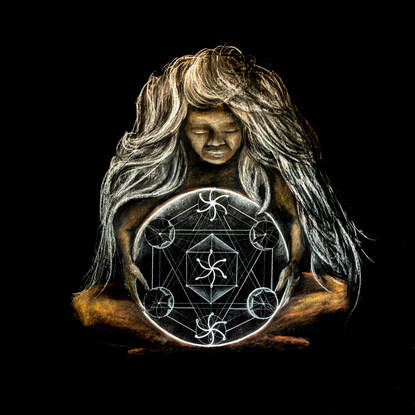|
by Charmaine Husum
The Integration of Psychedelic experiences using Somatic Art Therapy can be a valuable and supportive approach to Shadow Work. What is Shadow Work? Shadow work is a psychological and spiritual practice that involves exploring and integrating the unconscious aspects of the self, often referred to as the “shadow.” The concept of the shadow was popularized by Swiss psychologist Carl Jung, who believed that the shadow consists of repressed or disowned aspects of our personality, including our fears, insecurities, unresolved traumas, and unexpressed desires. Somatic Art Therapy & Shadow Work Here’s how Somatic Art Therapy can facilitate the integration of psychedelic experiences and support Shadow Work:
0 Comments
Neuroplasticity: How the Brain is AffectedMystical Experiences are profound experiences for anybody, that is true, but what is actually happening in the brain to create this profound shift? Although research is just now flooding in, there have been many studies, FMRI's and personal, professional and medical accounts to explain what shifts our brain is going through in these profoundly moving moments.
Intensely powerful is the rerouting of neuropathways which dictate the ways we have habitually been conditioned to act, react and survive in our lives. That is why profound, mystical experiences can bring about such great changes when it comes to addiction and changing demoting habits or personality traits that may have taken control of our lives. |
AuthorCharmaine Husum runs a private Art Therapy practice online and in Calgary Alberta. She is also an Artist, Kundalini Yoga teacher and trained in the somatic approach of Integrative Body Psychotherapy, Reiki and Mystical Integration. Her current research enthusiasms are in neuroplasticity, neuroscience, epigenetics, mystical integration and intergenerational trauma; on which she is currently writing a book and creating online courses. She specializes in working with trauma and symptoms of PTSD and C-PTSD as well as Autism, Depression, Anxiety, Eating Disorders, Addiction and other mental health symptoms. Archives
July 2023
Categories
All
|
"Sometimes the smallest step in the right direction
ends up being the biggest step of your life.
Tip toe if you must but take the step".
- Naeem Callaway
© 2022-24 Centre of the HeArt
Website Design By: IA Creative
Website Design By: IA Creative



 RSS Feed
RSS Feed



